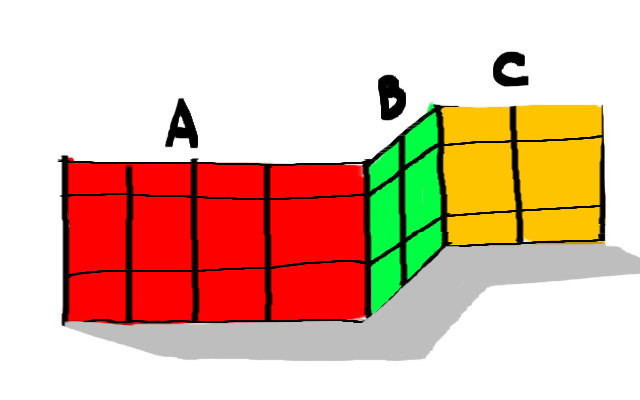- Home
- :
- All Communities
- :
- Products
- :
- ArcGIS CityEngine
- :
- ArcGIS CityEngine Questions
- :
- split comp operation by "planar surfaces"?
- Subscribe to RSS Feed
- Mark Topic as New
- Mark Topic as Read
- Float this Topic for Current User
- Bookmark
- Subscribe
- Mute
- Printer Friendly Page
split comp operation by "planar surfaces"?
- Mark as New
- Bookmark
- Subscribe
- Mute
- Subscribe to RSS Feed
- Permalink
- Report Inappropriate Content
Hi All
I posted a Suggestion in the Idea section,
comp operation by "flat island" in CityEngine
but I thought maybe there is a way to do just that already and I haven't thought about it.
If you ppl have some sugestions it would be amazing! And if you like the suggestion please vote for it ![]() so it maybe gets implemented.
so it maybe gets implemented.
It is a problem I encounter all the times, as I work with imported FBX assets, lots created from curved streets, L, U and O shapes, so very irregular base shapes.
My question:
Is there a way to do a  comp split that separates objects into "islands", or "flat shells" as long as they are continuous, so if the angle between faces does not exceed a certain amount. Independently from the number of faces this "island" contains.
comp split that separates objects into "islands", or "flat shells" as long as they are continuous, so if the angle between faces does not exceed a certain amount. Independently from the number of faces this "island" contains.
Take this example, where bot the C faces and A faces are orientated in the same way, let's say parallel to the object front, while the B faces are at 70 degrees .
comp(f) { front= X} would produce a single mesh composed of A and C, thus not creating a flat surface.
comp(f) { front: X} will create 18 separates faces (12 in A plus 6 in B)
I suggest adding a comp(i) operation so that writing
comp(i) { front: X} produces 2 separated meshes, A and C.
I think it could be very useful especially with the buildings created from L, U and O shapes.
There could be an extra parameter defining what is the angle between faces in degree that is the limit to consider a shell "flat", like a threshold parameter. So that if there is an angle of 3 degrees between 2 faces and I type "4" in this parameter, the 2 faces will still be considered as part of the same shell.
ALTERNATIVELY
If this is not possible, is there any method, taking the above example, AFTER doing
comp(f) { front= X}
therefore eliminating surface B, to separate surface A from Surface C without splitting them into 18 microfacets?
UPDATE I see there is a function called geometry.isPlanar, maybe something involving that.. 😕
- Mark as New
- Bookmark
- Subscribe
- Mute
- Subscribe to RSS Feed
- Permalink
- Report Inappropriate Content
I agree that this would be useful. This is a common use case that we have been considering, and hopefully we will have something to handle this in the future. Thank you for your enthusiasm and for sharing your use case with us.
For now, unfortunately, I can't think of a good workaround.
- Mark as New
- Bookmark
- Subscribe
- Mute
- Subscribe to RSS Feed
- Permalink
- Report Inappropriate Content
Thanks!
Ideally it is two different separsed problems:
- separating surfaces into shells accordingly to their normals independently by the number of faces.
- splitting geometries by continuity, like the 2 front faces of a O shaped building (external front and internal front) independently by the number of faces.
Having these two extra operations should cover all situations ![]()
- Mark as New
- Bookmark
- Subscribe
- Mute
- Subscribe to RSS Feed
- Permalink
- Report Inappropriate Content
Bump ![]()